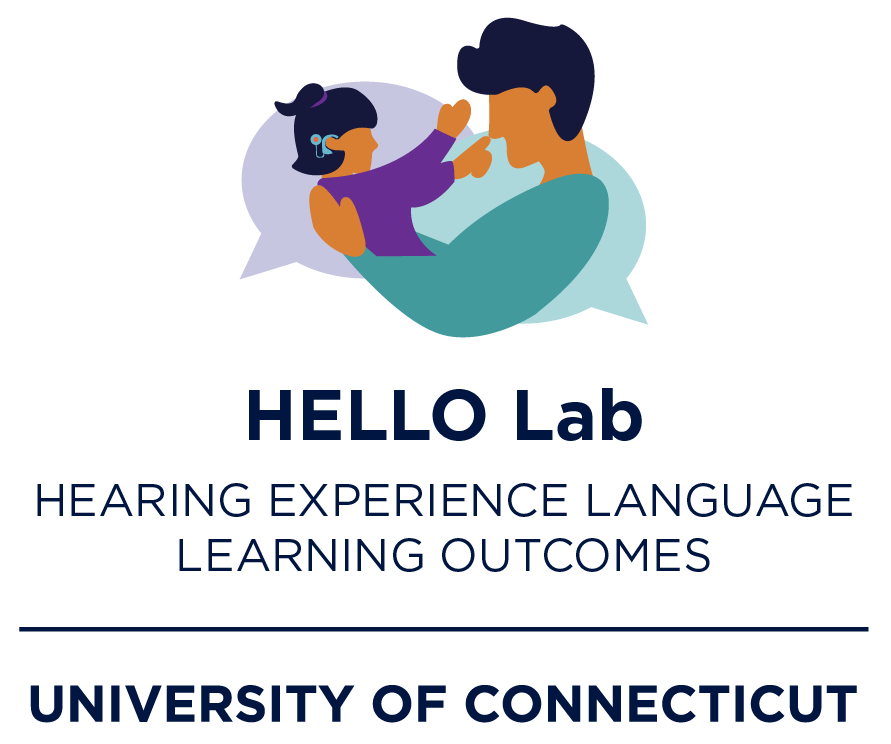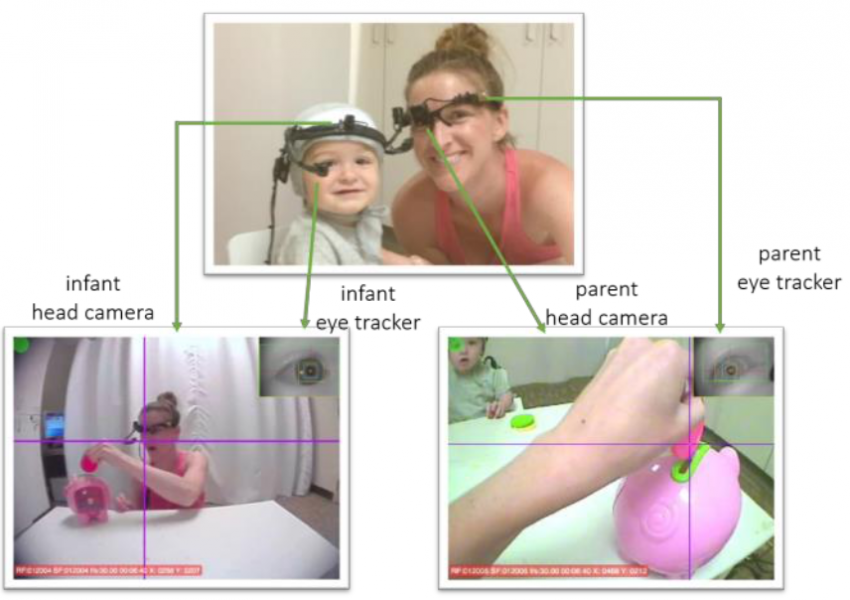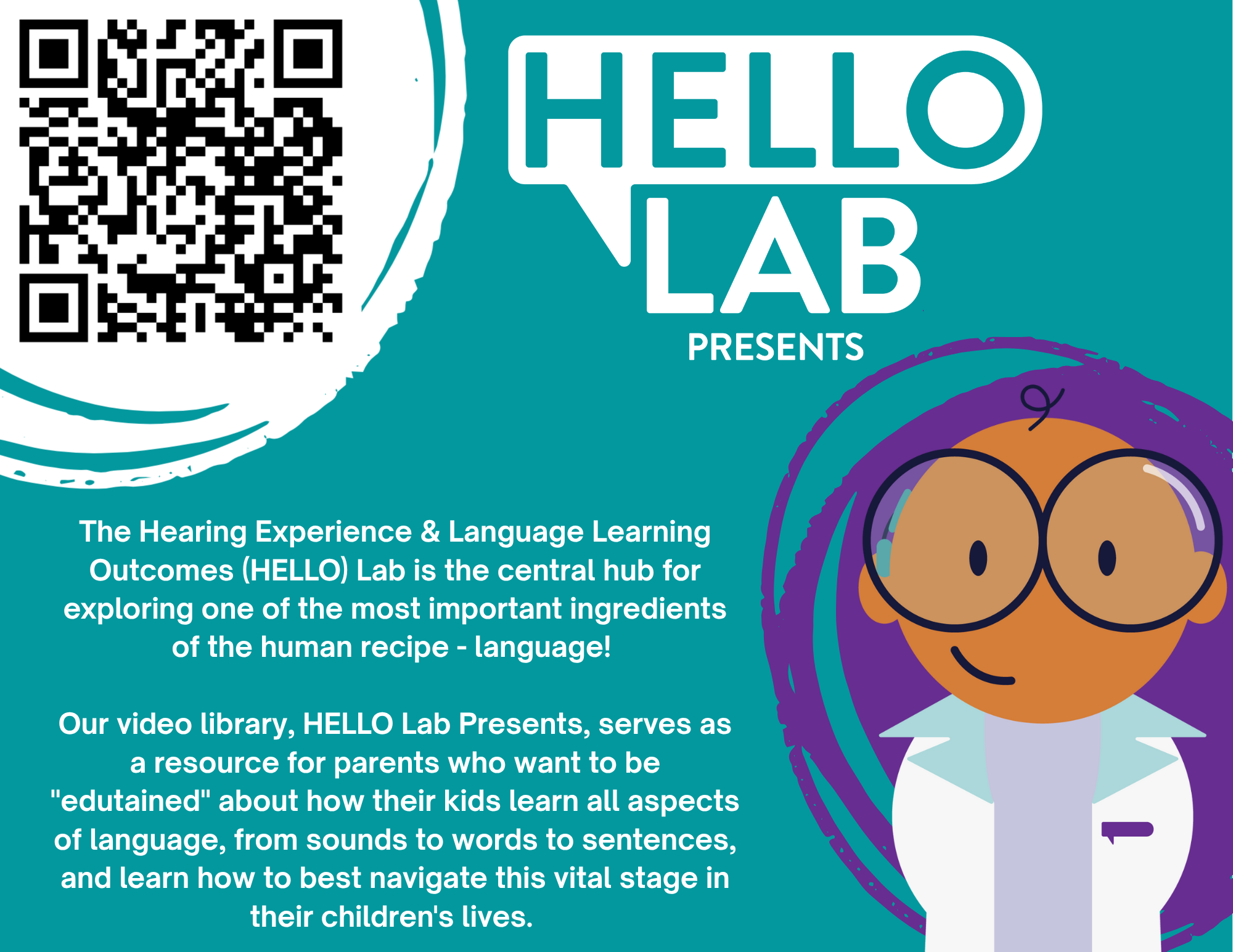PROJECTS
Parent Infant Eye-tracking
About
The PIE project looks at parent-child interactions and how elements of that interaction can support word learning for children who have cochlear implants. We record a caregiver and their child playing with each other for ten minutes while they both wear eye trackers. This project is funded by the NIH.
Applications
In the future, we hope the PIE project can serve as the foundation for video-based intervention techniques and caregiver coaching.
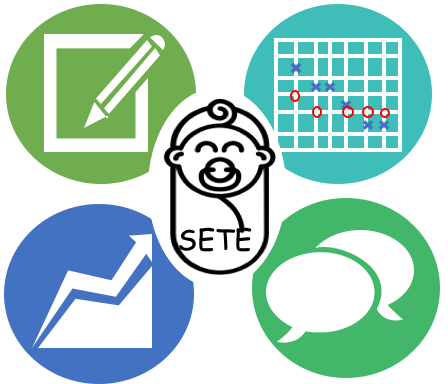
Swaddling Ear To Ear
About
Once a family finds out their child is D/deaf or hard of hearing, there can be a lot of questions, concerns, and thoughts. SETE is a family education program designed for families to work with someone to help them understand hearing, support services, and what this new information means for their family. This project is funded by UConn.
Applications
In the future, we hope that Swaddling Ear to Ear will be available to families who have children identified as D/deaf or hard of hearing through newborn screening to help all children access language and reach their potential.
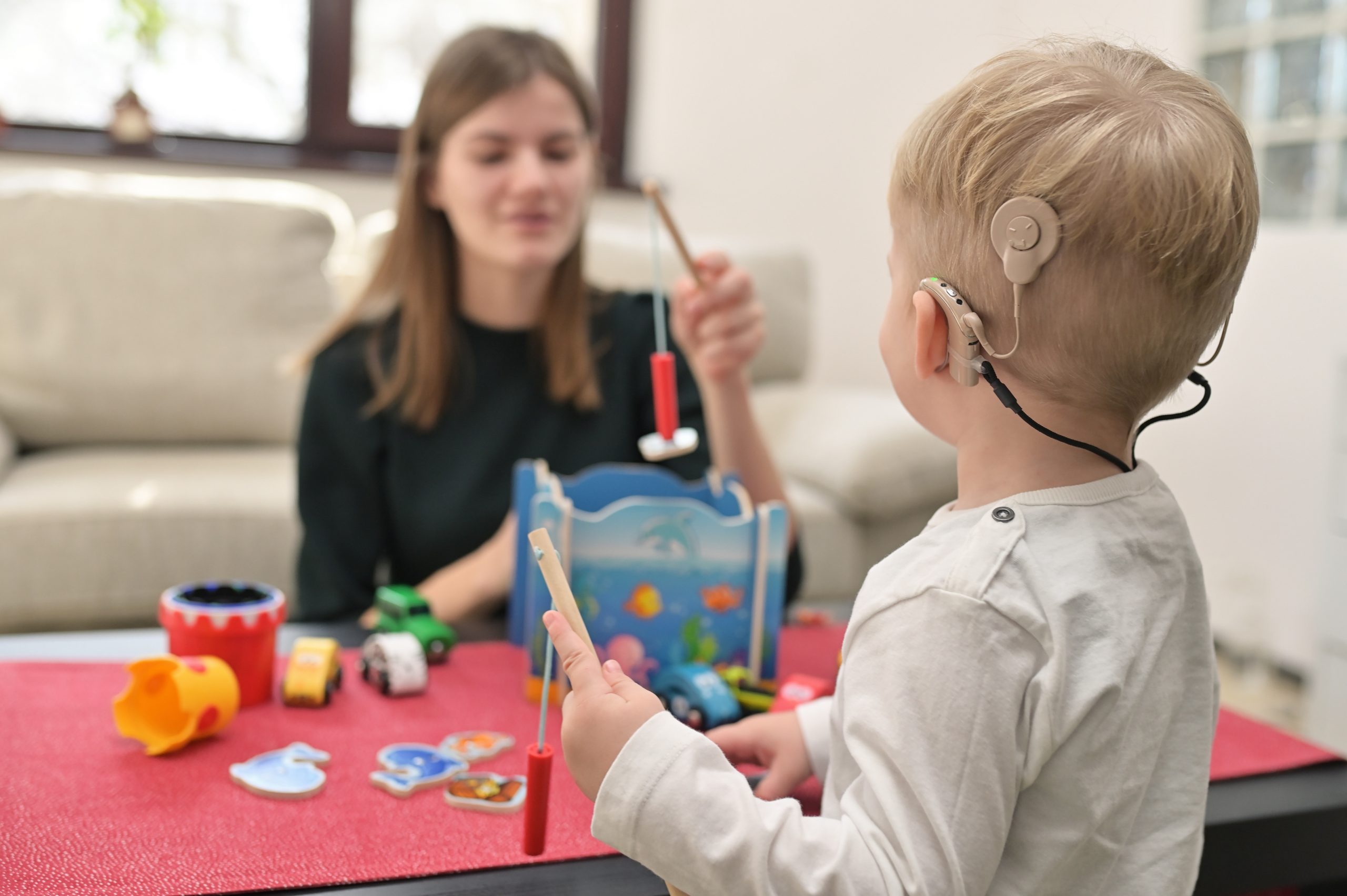
Adjustment, Behavior, Language and Executive Functioning Project
In collaboration with the DeVault Otologic Research Lab at Indiana University, the ABLE project follows preschool children who use cochlear implants over a few years. The project investigates how children's ability to identify, plan, execute, and evaluate goals contributes to social, emotional, and behavioral outcomes. This project is funded by the NIH.
